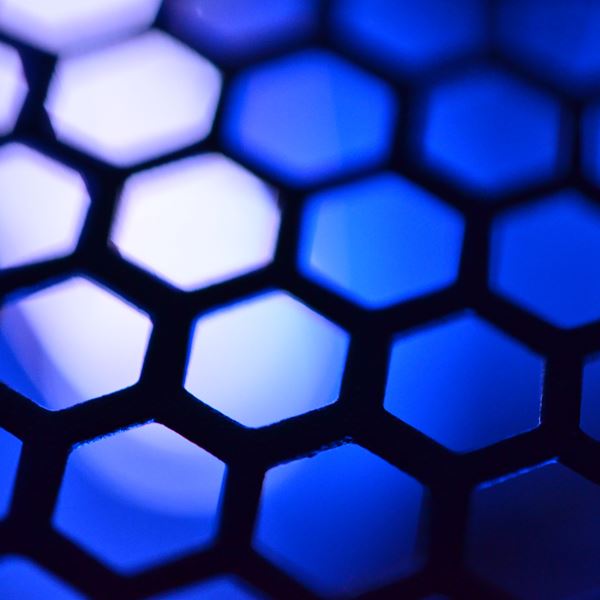
News articles


Stretching the Limits of Graphene with Robin Smeyers
For Robin Smeyers, a passion for 2D materials began with a single thesis and quickly grew into a full-blown research journey. What started as a master’s project on graphene became a launchpad for academic discovery, leading him to a PhD focused on one of the most intriguing frontiers in condensed matter physics: straintronics. Robin’s work ranges from simulating balloon-like graphene structures to exploring the possibilities of room-temperature superconductors, laying the foundation for technologies that could one day transform our world.

GIANCE project updates
The GIANCE project has worked to organise several events on life cycle assessment over the last few months in addition to a consortium meeting held in Rome.

2D-PRINTABLE project updates
The 2D-PRINTABLE project has been productive publishing three new papers and participating in two educational activities.

2D-PRINTABLE and GIANCE at the 9th EU-Korea Workshop on Graphene and 2D Materials
The 2D-PRINTABLE and GIANCE projects were featured at the 9th EU-Korea Workshop on Graphene and 2D Materials, taking place on 26 May 2025, from 09:00 to 17:45 CEST, at the Institute for Supramolecular Science and Engineering, University of Strasbourg, France.

Jack Maughan’s Work at the Edge of Graphene and Neuroscience
At the crossroads of cutting-edge materials science and advanced biomedical engineering, Jack Maughan is building tools that could reshape how we treat and interact with the brain. A postdoctoral researcher with a background in nanoscience and tissue engineering, Jack is exploring how graphene-based microneedles can enable next-generation neural interfaces devices that could one day treat neurological disorders, restore movement, and even enhance human-machine communication.

SAFARI events recap
The SAFARI project has shared its insights on its Safe and Sustainable by Design (SSbD) approach in several events this spring.

Enabling EU-funded project collaboration for brain health R&I
Enabling EU-funded project collaboration for brain health R&I

2D Materials Innovation for Biomedical Applications
RIA PULSE: 4 HORIZON EUROPE PROJECTS IN ACTION

2D BioPAD 4th Consortium Meeting
PRESS RELEASE - Strong collaboration among clinical, academic and industrial partners brings Europe a step closer to cost-effective point-of-care diagnostics for Alzheimer’s Disease.

Exploring the hidden world of 2D materials with Timofey Savilov
Winner of the Graphene Week Impact Leaders Award 2024, Timofey Savilov began his journey at a research institute in Singapore founded by Nobel Laureate Konstantin Novoselov, seeking hands-on experience beyond his computational background. Now a PhD researcher, he explores the curious behavior of magnetic nanodrums and the unexpected phenomena they reveal.

Graphene Flagship welcomes new Director
Effective 1 March 2025, Maria Abrahamsson will take on the position of Graphene Flagship Director. Abrahamsson will replace Patrik Johansson who served as Graphene Flagship Director since October 2023 and as Vice-Director for three years before that.

GRAPHERGIA Hub: A meeting place for graphene enabled solutions
The GRAPHERGIA project has launched an initiative: GRAPHERGIA Hub, that connects stakeholders across European, national, and local landscapes. Whether you’re a researcher, entrepreneur, or industry leader, the GRAPHERGIA consortium runs a dynamic space for collaboration, knowledge exchange, and strategic partnerships for individuals or teams passionate about driving innovation in graphene-enabled energy solutions, novel smart textiles or advancing future battery technologies.

IAM-I is ready to sail
Friday, 31 January the inaugural General Assembly and start of the Innovative Advanced Materials Initiative (IAM-I) took place in Brussels and online with over 250 participants. The 2D community was very well represented.

OECD Workshop on Graphene Family Materials
At the end of November 2024, a two-day expert workshop on Graphene Family Materials (GFM) was held by the OECD in Paris.
